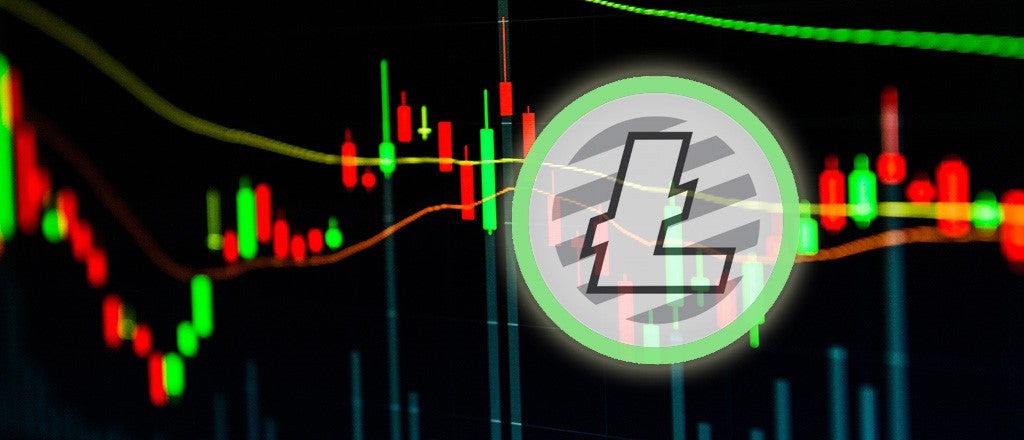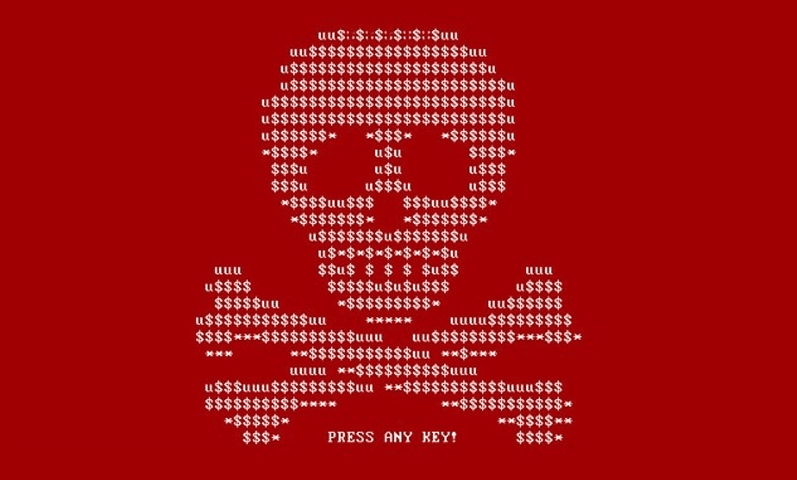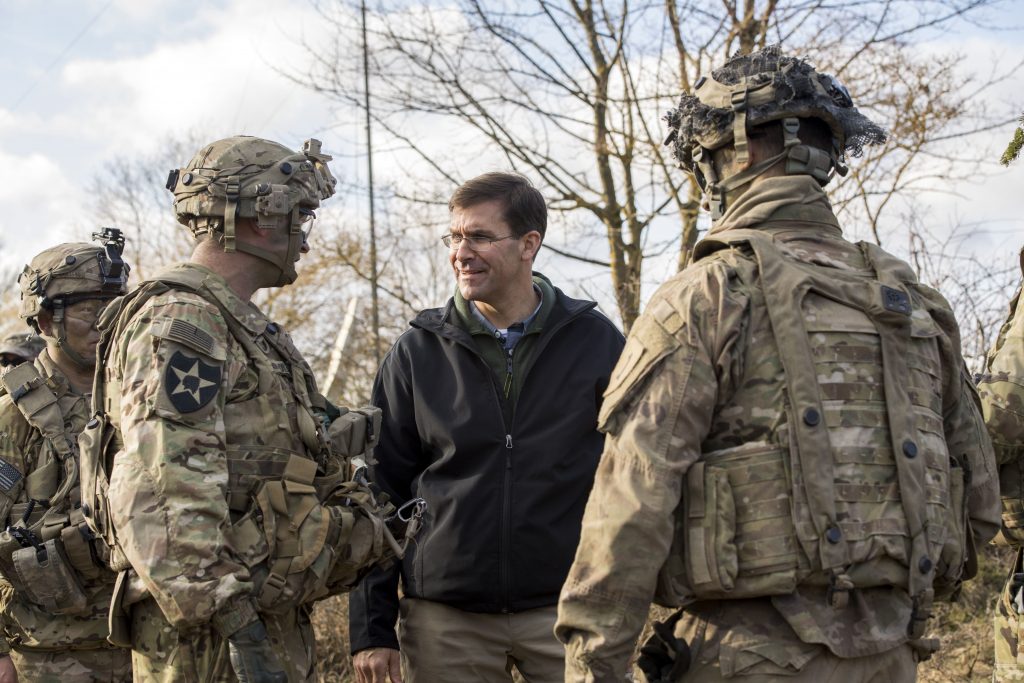By J K Verma
 China, the world’s second largest economy, thinks that India may soon challenge its supremacy not only in Asia but also in the world arena. Hence it encircles India through a ‘string of pearls’, a term used for a network of Chinese military and commercial installations spread from China to Port Sudan in the Horn of Africa. Besides encircling India, China also assists and instigates Pakistan to carry out hostile activities against India.
China, the world’s second largest economy, thinks that India may soon challenge its supremacy not only in Asia but also in the world arena. Hence it encircles India through a ‘string of pearls’, a term used for a network of Chinese military and commercial installations spread from China to Port Sudan in the Horn of Africa. Besides encircling India, China also assists and instigates Pakistan to carry out hostile activities against India.
In view of the Chinese-Pakistan axis, Indian policy planners in 2015 signed an agreement with Iran to develop Chabahar port. It is a trilateral contract between India, Iran and Afghanistan. China is also developing Gwadar Port in Pakistan which is just 400 km by road and 78 km by sea. Chabahar has two ports, namely Shahid Kalantari and Shahid Beheshti. Both ports have five berths each. Chabahar port is situated on the Gulf of Oman and at the mouth of the Strait of Hormuz, giving Iran direct access to Indian Ocean.
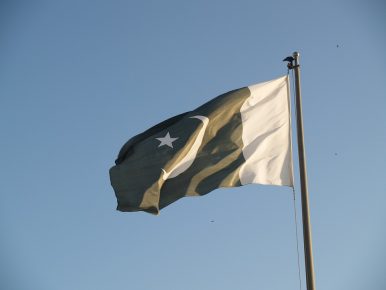

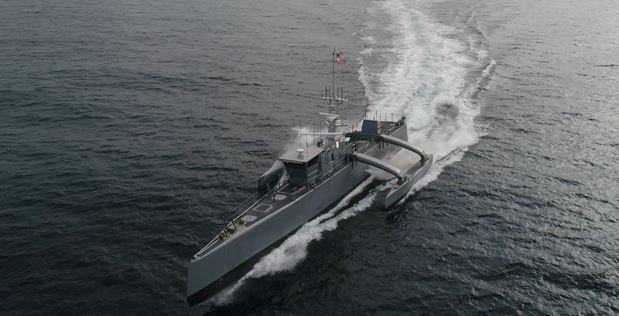

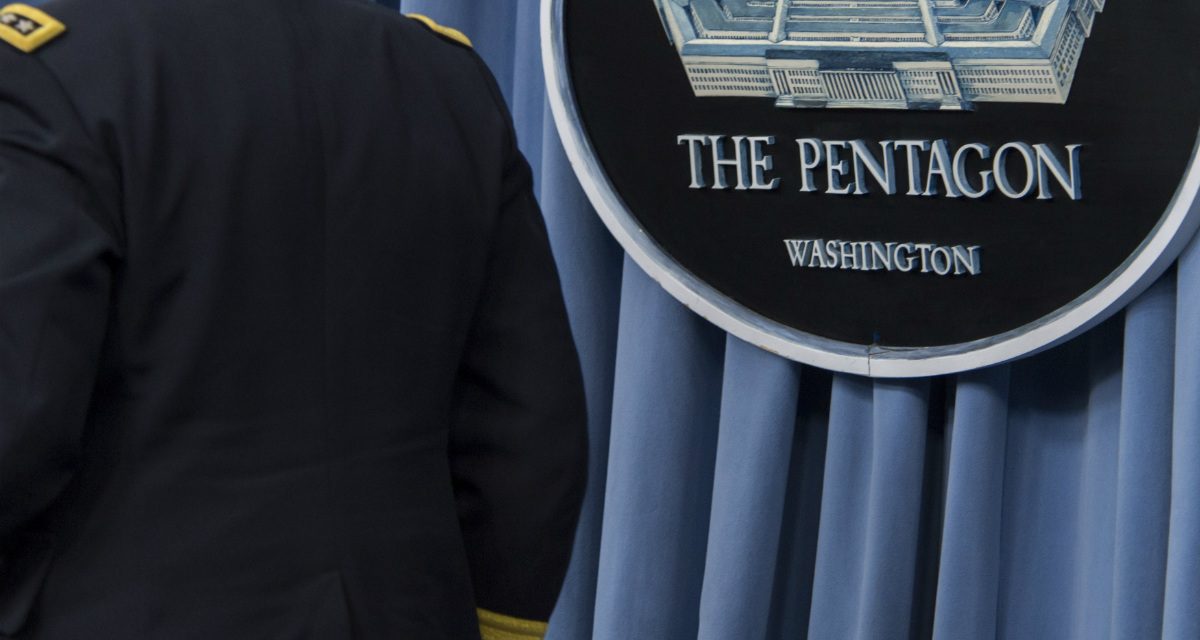

/arc-anglerfish-arc2-prod-mco.s3.amazonaws.com/public/XGSW2TRJWFES5FZ3NG73ZS5IE4.jpg)


